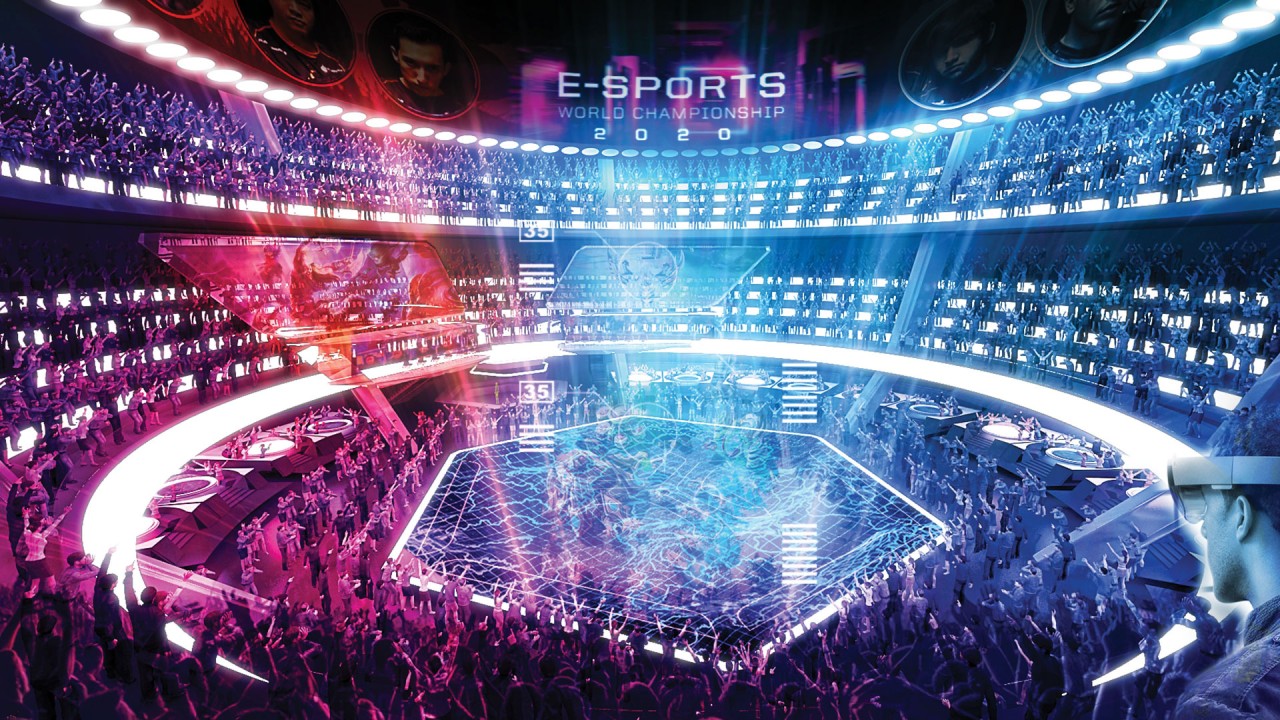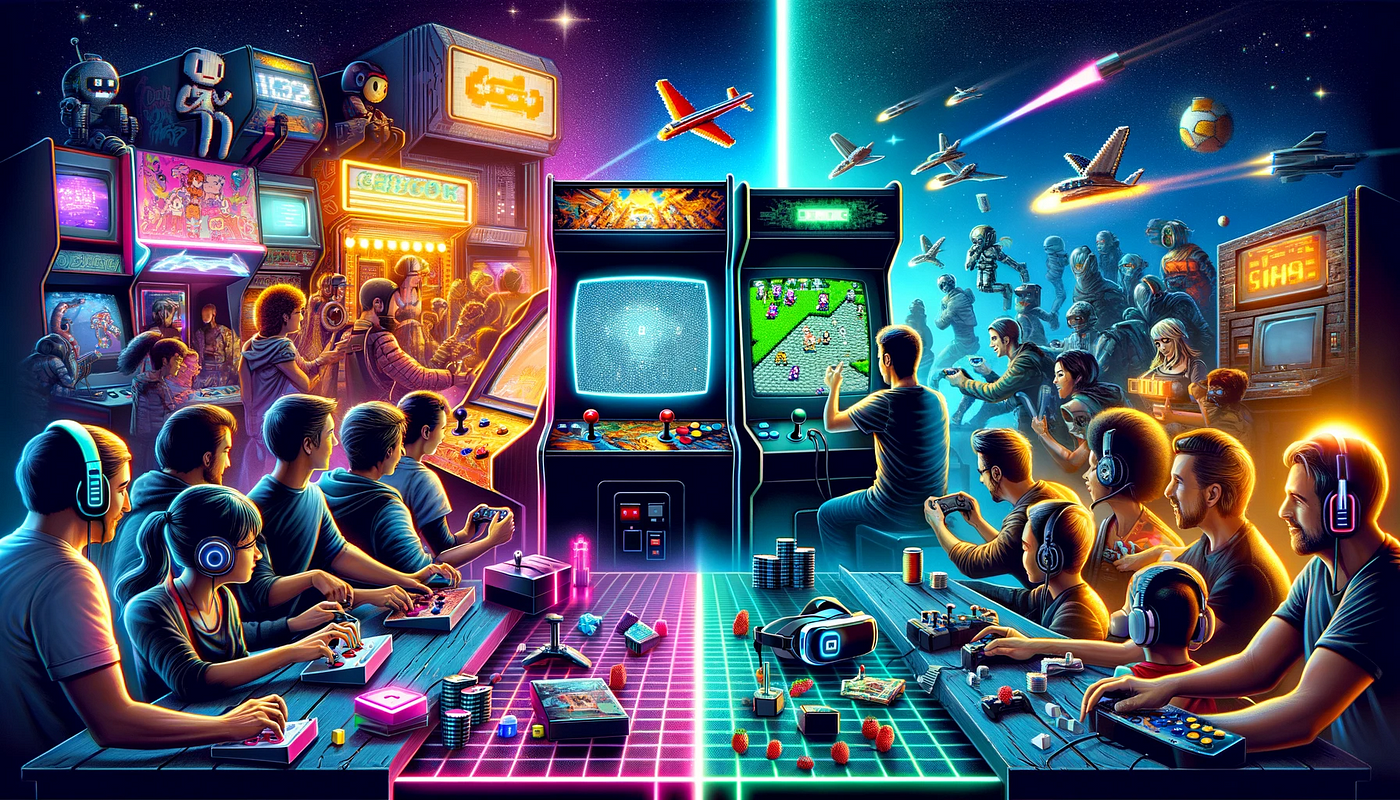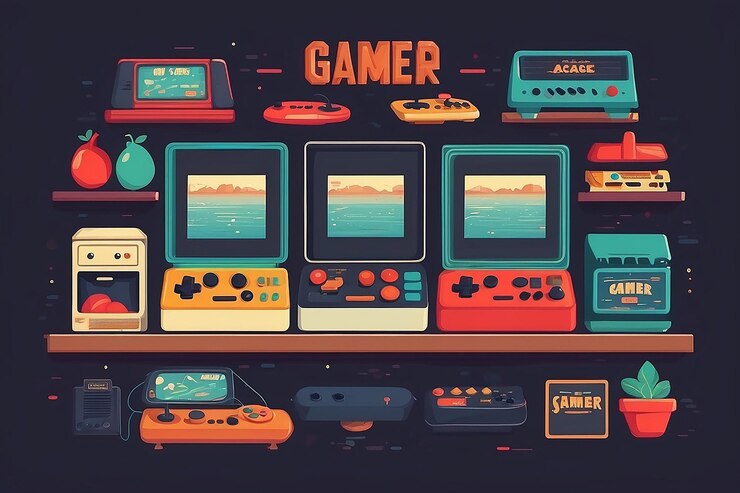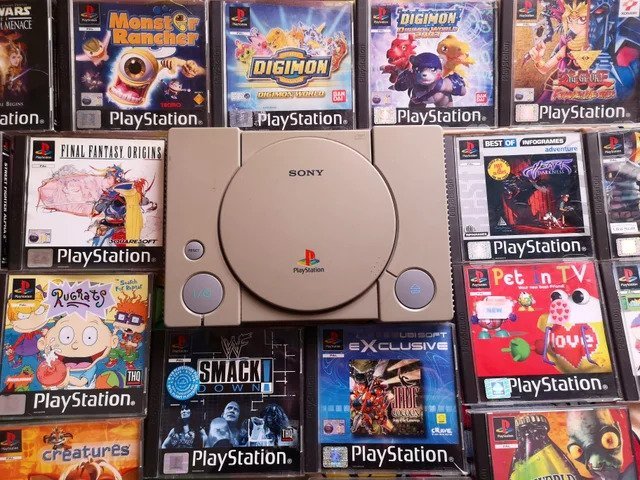The world of gaming has come a long way from the days of simple joysticks and pixelated graphics. Today, we're immersed in virtual realities, wielding controllers that track our every move. This evolution didn't happen overnight, of course. It's been a journey of innovation and technology, driven by the never-ending quest for more immersive gaming experiences. In this article, we'll take an 18-step journey through the evolution of game controllers, from the simple joystick to today's immersive VR controllers. Each step represents a landmark development in the history of gaming, a new chapter in the story of how we interact with the digital worlds we play in.
The Simple Joystick
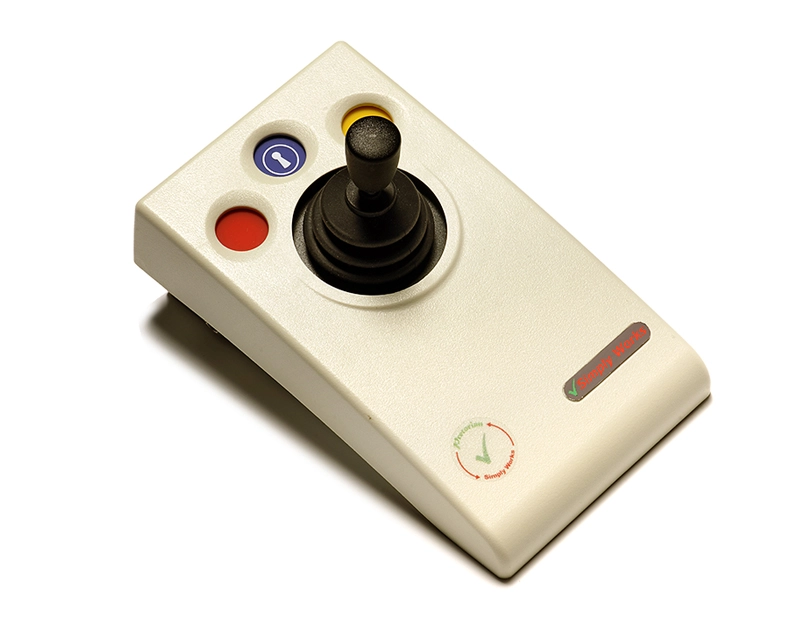
In the early 1970s, the joystick was introduced as a simple, intuitive way to control on-screen action. It was a simple device, but it marked a significant step forward in the evolution of gaming. The joystick allowed for more precise control than earlier, button-based controllers, and it quickly became the standard for arcade and console games alike.
The D-pad
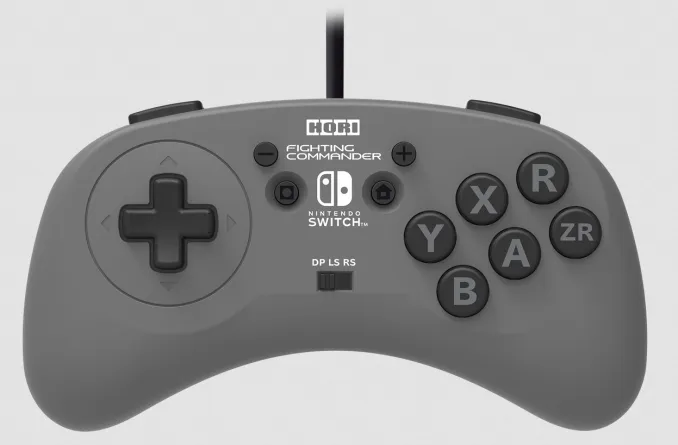
The D-pad, or directional pad, was the next major innovation in game controllers. Introduced by Nintendo in the 1980s, the D-pad allowed for more nuanced control than the joystick, particularly in games that required precise movements. The D-pad quickly became a standard feature on game controllers, and it remains a staple of controller design today.
The Analog Stick

The analog stick, introduced by Nintendo in the mid-1990s, was a game-changer. It allowed for 360-degree control, opening up new possibilities for game design. The analog stick also offered more precise control than the D-pad, making it an essential tool for 3D games.
The Shoulder Buttons
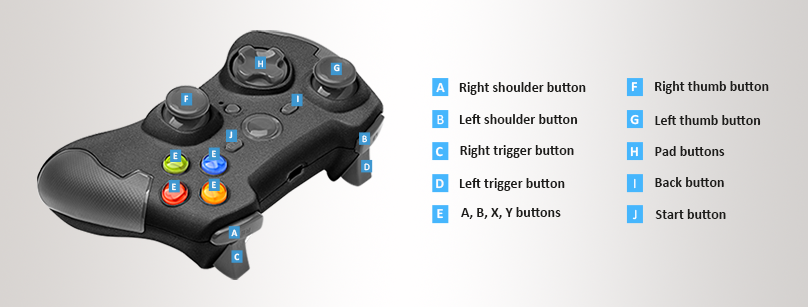
The addition of shoulder buttons to game controllers in the late 1990s allowed for more complex control schemes. These buttons, located on the top of the controller, could be used in conjunction with the D-pad or analog stick, allowing for more intricate gameplay.
The Dual Analog Sticks
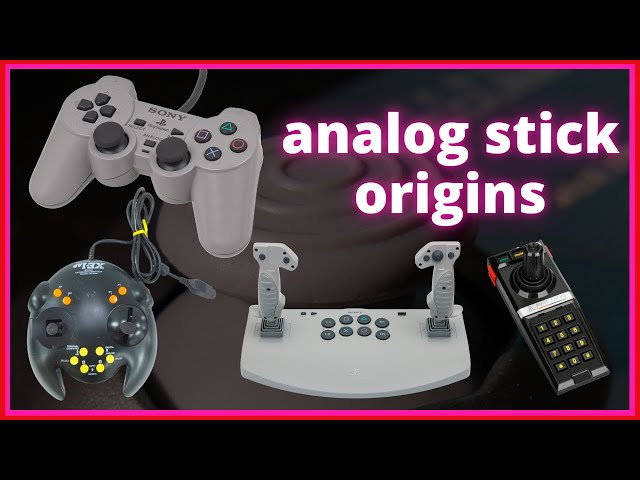
The introduction of dual analog sticks in the early 2000s marked a major step forward in controller design. The second stick allowed for independent control of the camera, a crucial feature in 3D games.
The evolution of game controllers, from the simple joystick to the immersive VR controllers of today, is a story of innovation and technology. It's a story of how we've strived to make our games more immersive, more engaging, and more fun. And it's a story that's far from over. As technology continues to advance, we can only imagine what the future of game controllers will look like. But one thing is for certain: we'll continue to push the boundaries of what's possible, in our never-ending quest for the ultimate gaming experience.
